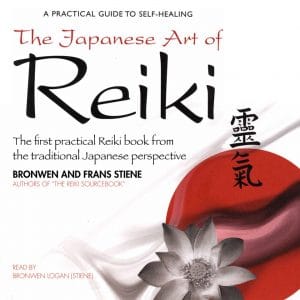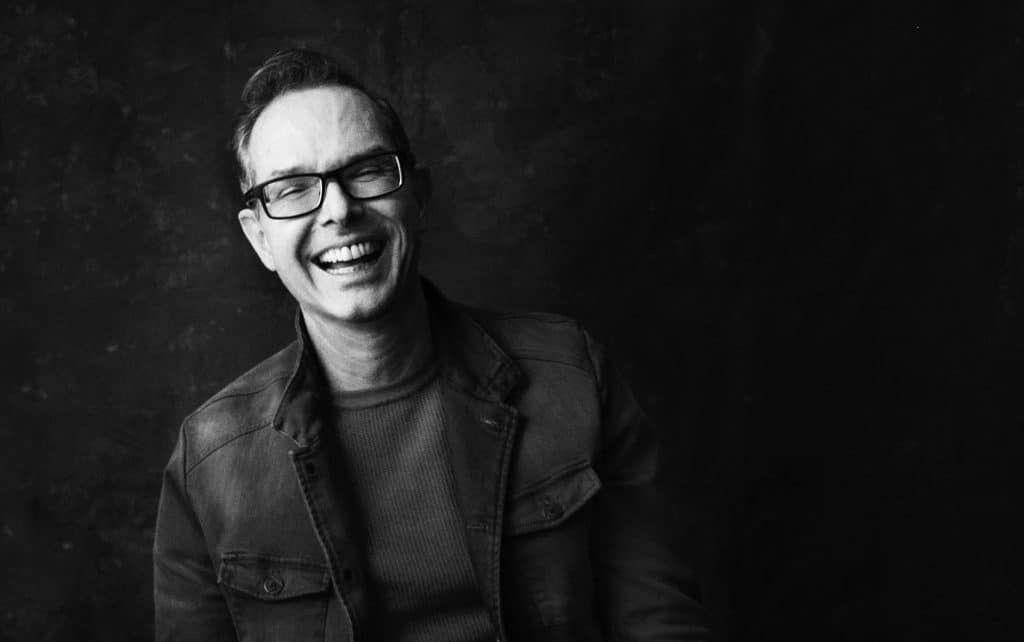

Why is it so important to have a solid foundation for your Reiki practice?
In Japan they work a lot with the hara – also called tanden – it is the center of your body. What happens, particularly in our modern society, is that we are working with “heavenly energy.” We are very intellectual. We are always asking ‘why?’ – ‘Why is it happening?’, ‘How does Reiki work?’, ‘Why do we do this?’, ‘Why do I need to practice that?’. We have all these questions. We always want to intellectualize things. We also watch a lot of television, use computers, i-pods, cell phones – all associated around the head. So we create a lot of energy around the head. If there is a lot of energy here [head] and nothing there [hara/tanden], I become an upside down pyramid. What happens to an upside down pyramid? It becomes very unstable.
Therefore, it is very important to make sure that you start to build that pyramid not from up here [head] and then go down because that is very unstable, but that you start it from here [hara/tanden]. You first need to make a very solid base – when the base is very solid then we can go further and further and further. It is the same if we look at nature. We can look at a tree: if the tree grows to the heavens but there is no root system what happens if a little wind comes along? The tree falls over. So, it is the same kind of thing. We can see very good examples in the natural elements. The tree needs to grow a very good root system, so it is stable and supported.
It is very important for your own spiritual journey, that no matter what you do – Tai Chi, Yoga, Qigong, Reiki – you need to make sure you have a very stable platform to work from, otherwise something comes along and bang you fall over. It might take two days or one year and finally you crawl back up again. When this is very solid, something happens and you stay focused.
Can you tell us a bit more about the two opposite elements?
In traditional Japanese practices they work with a concept called ‘in’ and ‘yo’ – translated as heaven and earth energy. In Reiki II, you would work with these two concepts and work with these two elements of heaven and earth energy. And they are related to the first two symbols used and taught in Reiki II. These symbols are seen as training wheels, like when learning to ride a bicycle. If I always keep these training wheels on, would it be beneficial? After a while we take the training wheels off. It is the same thing with the symbols and mantras. In level II, the first two are there to combine the heaven and earth energy. After lots of practice, maybe 6 months, maybe one or two years, working with one element, say the earth energy, then you become the earth energy. At that point do you still need the mantra or symbol? Not really, you could throw it away. Then you would move onto the next element – you would work with the heavenly energy – maybe take six months, one year, two years, who knows. When you have become the heavenly energy, you would throw away the mantra and symbol, you don’t need it anymore. Then you move to the third and the fourth symbols – hopefully one day, you can be in the Great Bright Light. So the whole practice in reality is about balancing these two opposite elements.
What happens when we balance two opposite elements? What space do we create?
When you have two dual elements and you combine them together, you get a whole. So you become whole again. If I combine the two dual elements, I create non-duality. Of course, when I am in that space of non-duality when I do a treatment on someone it is much more beneficial. Why is it more beneficial? Because I don’t have in my mind that I am doing a treatment on her – she is the receiver, I am the giver. At that time I don’t see that. I am just in this really open space. You are just in this open space together.
And then the healing starts to take place. And I don’t think to myself that this person needs this, or this person needs that. It is as if you have this bowl of universal energy and the person takes from it whatever they need.
So the relationship with your client becomes very, very different – that is the energetic relationship. If I force something on someone, it is not very healthy, is it? But if I offer it and say ‘here is a nice meal’ they take from it whatever they want…
Can you delve a little deeper for me into the concept of Reiki as an offering?
I was speaking to an animal healer the other day, and she asked some questions and I said it is the same thing if you go to a dog or cat. If you force feed the dog or cat they might get sick. If you just place the bowl down, the cat knows how much it wants to eat. It is much healthier. It’s the same thing. When you create an open space for an animal or a human being, the person or animal takes whatever he or she needs. Traditionally, in the system of Reiki, healing or other practices, they were seen as an offering. You offer the energy and then the person takes from that whatever they need.
But of course it is not always that easy, because we like to judge. I am going to do a treatment and I look at her and say she needs a little bit of this because of what she shared, and this person needs a little bit of that – but I am making a judgment really, which is also not good. Traditionally, you would be in a perfect space for healing when you could connect to the person from the Bright Light within yourself. The Bright Light is non-judgmental. All you would do is shine the light on the person and the person would take from the light whatever he or she needed. And the light would shine unconditionally.
And then healing would become something quite different.
Why is it so important to have your own practice?
Nowadays, in modern practices, the first thing we do straight away is hands on healing on others and forget about ourselves. But after a while it becomes very difficult. I have been doing this for more then ten years now professionally. I don’t have any other job.
My wife doesn’t have any other job. This is how we run our household. If I did not have my self practice, I would have given up long ago. I couldn’t do it. If you need to do five or six treatments in a day, each with their own issues and problems, you need to make sure you remain strong and healthy. It is very important that you have your self practice.
Based in Holland, Frans Stiene teaches in North America, Europe, UK, Australia and Asia.
Frans is also the author of Reiki Insights, it is the continuation of his previous book The Inner Heart of Reiki, taking your personal practice and understanding of the system of Reiki yet another step deeper.

